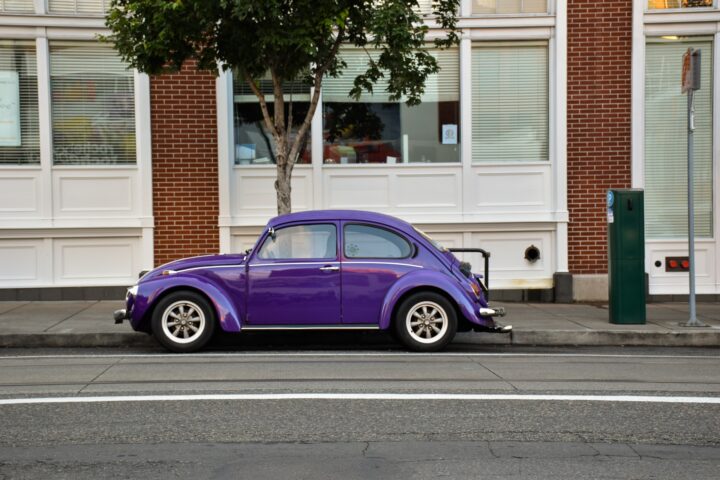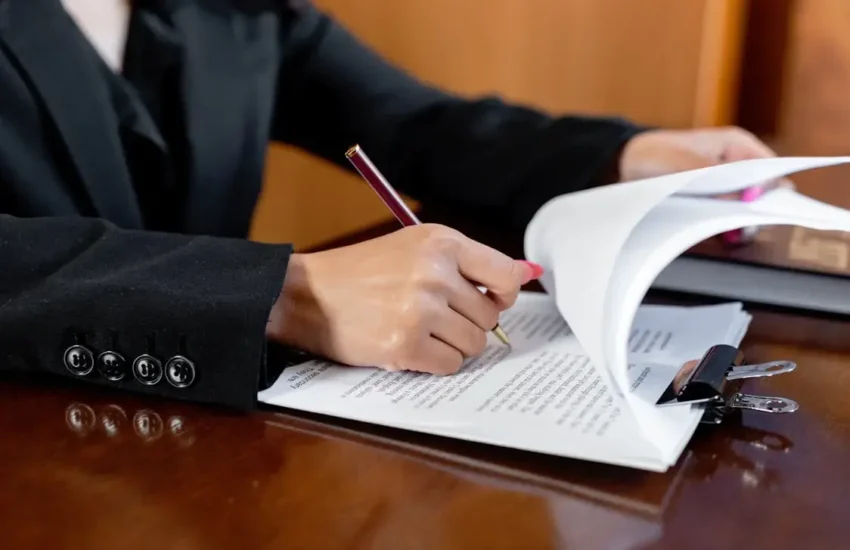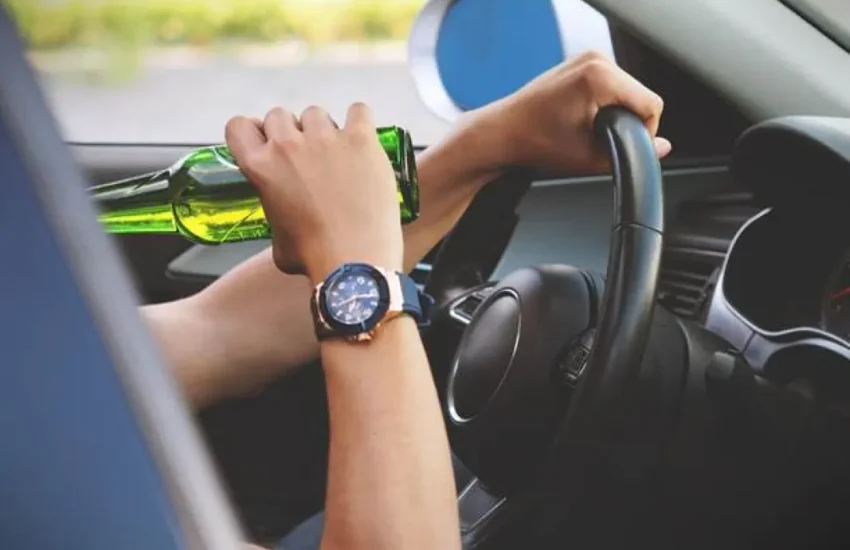Stay Calm and Take Action: What to Do When You Accidentally Bump into a Parked Car
Picture this: you’re in a hurry, your mind preoccupied with thoughts of work, family, or simply the day’s hustle. As you navigate the crowded streets, you hear an unexpected thud, and your heart sinks. You’ve accidentally bumped into a parked car.
Panic sets in, but don’t fret! Accidents happen, and staying calm and taking the right steps can make all the difference in resolving the situation with grace and responsibility. Read on to discover what to do if you hit a parked car in California or anywhere else in the United States.

Breathe and Assess:
After a car collision, emotions may soar. It’s crucial to inhale deeply and remind yourself that staying composed is key to managing the situation effectively. Shut off your engine, activate your hazard lights, and if feasible, park your vehicle safely nearby. Then, cautiously exit your vehicle to evaluate the damage to both your car and the parked one.
Examine the Damage:
With a level head, scrutinize the damage. If it’s merely a minor scrape or dent, handling the situation might be more straightforward than you anticipate. However, for more severe damage, like a shattered taillight or bent bumper, you’ll need to initiate extra steps. Look for any notes or contact details left on the parked car’s windshield by the owner or bystanders.
Here’s a step-by-step guide on how to do it:
- Safety first: Before you begin examining the damage, ensure your safety and the safety of others around you. If the car is parked in a dangerous location (e.g., on a busy road or in the middle of traffic), move it to a safer spot if possible. Turn on the hazard lights and use warning triangles or flares if necessary.
- Assess exterior damage: Walk around the car and inspect its exterior. Note any visible damage, such as dents, scratches, broken glass, or paint transfer. Pay attention to the front and rear bumpers, doors, fenders, mirrors, and windows. Use your hand to feel for irregularities that might not be immediately visible.
- Check tires and wheels: Inspect the tires and wheels for any signs of damage, such as punctures, flat tires, or bent rims. Look for sidewall damage, cuts, or unusual wear patterns.
- Look underneath: Crouch down and look under the car. Check for signs of leaks, fluid puddles, or damage to the undercarriage, which may indicate a more significant problem.
- Examine the interior: Open the doors and look inside the car. Check for any damage to the dashboard, steering wheel, seats, or center console. If the car has an airbag deployment, it might indicate a more severe impact.
Leave a Note:
If the parked car’s owner is absent, it’s crucial to leave a thorough note containing your contact details. Include your name, phone number, and a concise description of the incident. Leaving without acknowledging your responsibility is not only wrong but could be against the law in many jurisdictions. While it may be tempting to flee, honesty and moral courage should guide your actions at this moment.
Look for Witnesses:
In case the parked car owner isn’t present, check for witnesses nearby. Approach pedestrians or others who may have seen the accident and ask if they can provide any information or act as witnesses if required. Having additional accounts of the incident can help establish a more accurate account of what happened and protect you from false claims.
Notify the Authorities:
Depending on the severity of the collision, you may need to notify the local authorities. If there are injuries or significant damage, contact the police and wait for them to arrive at the scene. They will create an official report, which can be useful for insurance claims and legal purposes. However, if the damage is minor and both parties agree, you may be able to handle the situation without police involvement.
Document the Scene:
Before you leave the scene, take pictures of both your car and the parked car. Capture the damage from different angles, the position of the vehicles, and any relevant street signs or landmarks. These photographs can serve as valuable evidence during insurance claims or disputes. Remember to take note of the time and location of the incident as well.
Notify Your Insurance Company:
No matter the degree of damage, it’s essential to inform your insurance company of the accident. Share all relevant details, including contact information for the owner of the parked car and any witnesses. Your insurance representative will direct you through the claims procedure and decide the coverage for repairs or reimbursement.
Conclusion
Life inevitably brings accidents, but our responsibility is to face them with care and understanding. Colliding with a parked car may induce panic, but by remaining collected, acting promptly, and adhering to the proper procedures, you can manage the situation with decency and consideration. Embrace the human attribute of acknowledging errors and seeking to rectify them. If you ever find yourself in this predicament, you’ll be equipped with the knowledge and grace to respond appropriately.


